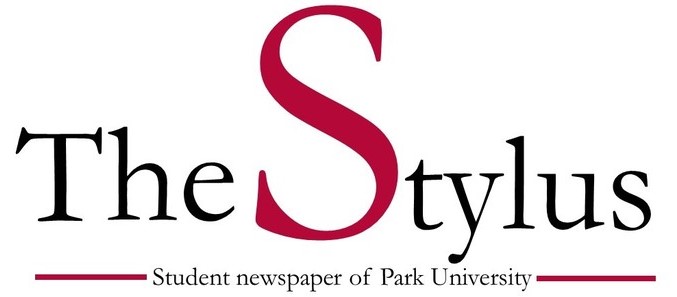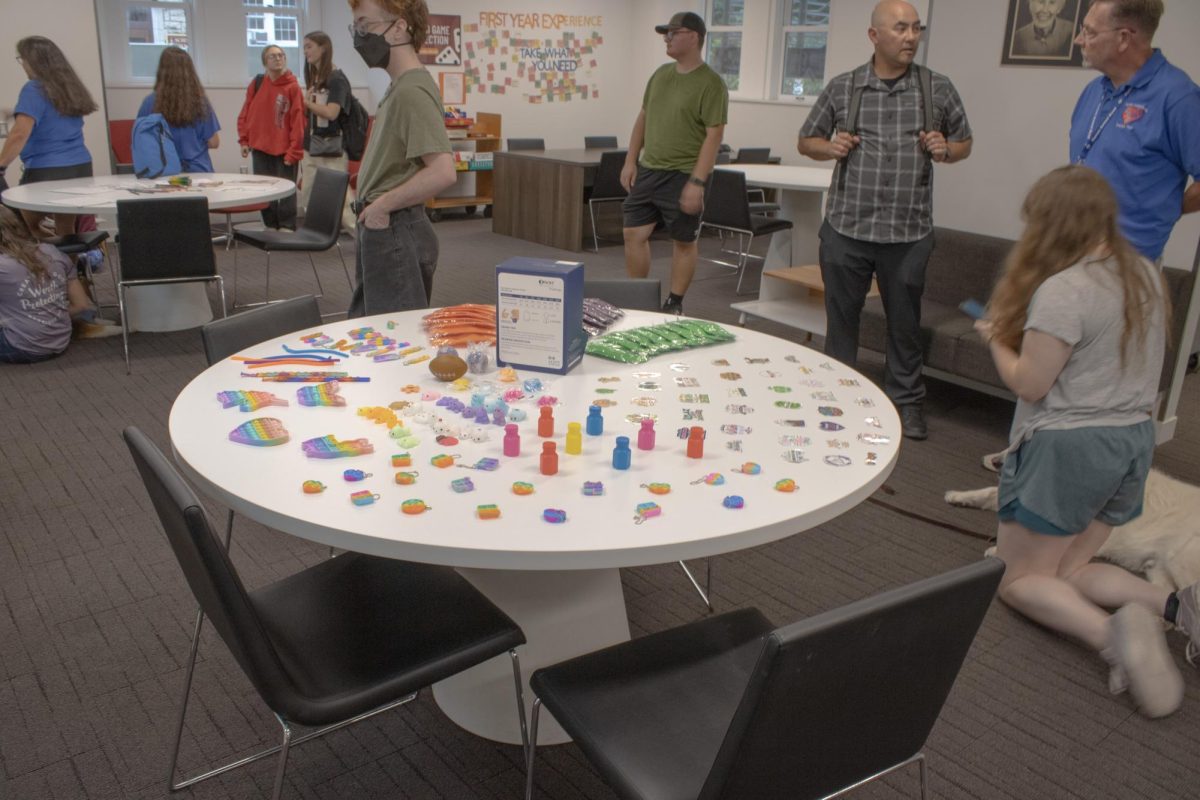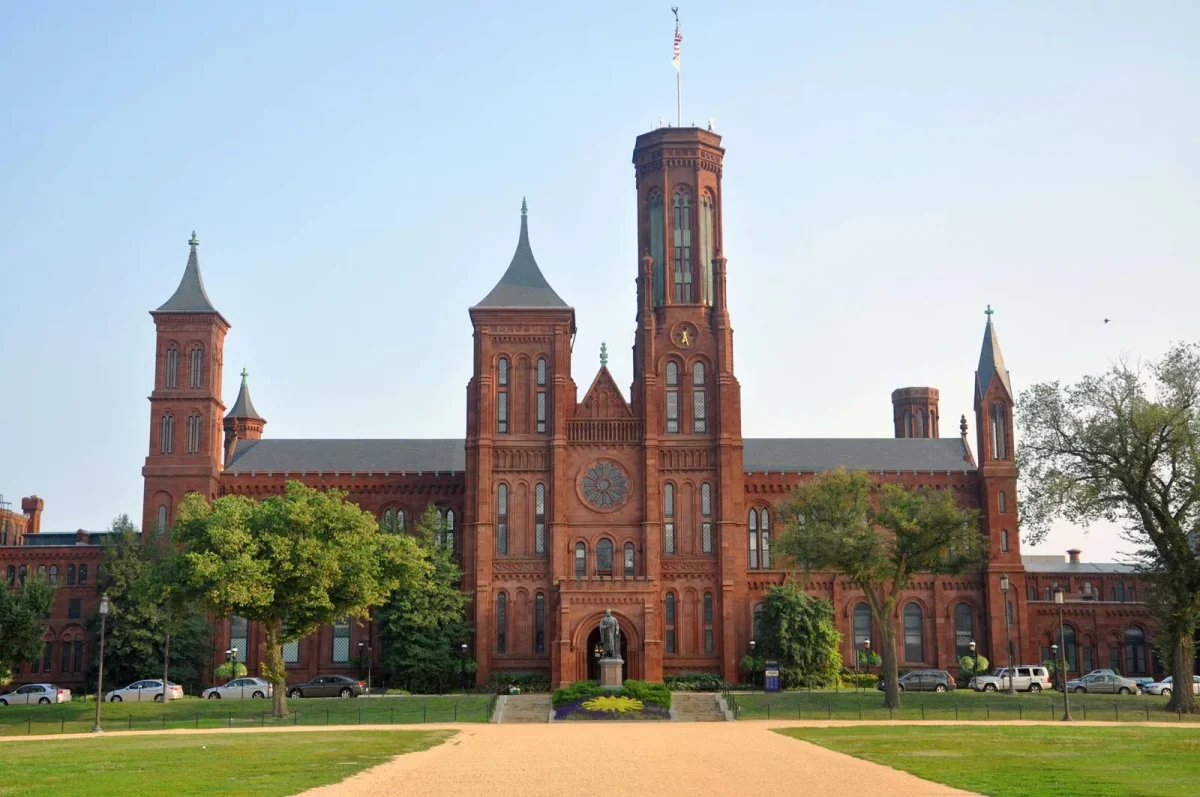The beginning of a new school year brings positive news to students on their higher education loans. Despite national discussions about student loan interest rates skyrocketing, students will not see major increases as previously feared and unsubsidized loan rates have decreased 3 percent.
The interest rate for subsidized loans rose slightly this year to 3.86 percent compared to last year’s 3.4 percent. However, unsubsidized loan rates dipped this year to 3.8 percent compared to the 2012-13 academic year of 6.8 percent.
Carla Boren, director of Student Financial Services at Park University, provided information regarding this year’s change in student loans.
“The amount of student loans remained the same,” said Boren. “What has changed for the positive is the interest rate.”
Student loans are based on the academic standing of the student and information provided on FAFSA documents. Boren said interest rates can change every July 1 when the federal government sets a new rate.
“Many students will take their students loans and they will not think about the fact that their principal is going to be $2,500, for example,” Boren said. “But, then when they go in repayment the interest charged for the usage of money actually expands the total amount that the student pays in some cases.”
Boren said the first step toward understanding how interest rates affect you is to understand the different types of loans including undergraduate, graduate and fixed.
The student loan process begins, according to Boren, with a mathematical determination of what type of loan a student will receive after reviewing a FASFA document.
“A students who has a financial need will receive a subsidize loan,” she said. “Anyone who files a FASFA will qualify for a student loan so it doesn’t matter how rich or how poor you are. But a student who doesn’t have any financial need, their loan will be unsubsidized.”
Boren explained the difference between these two types of loans. She said the clock doesn’t start ticking on interest with subsidized loans until a student leaves college permanently. However, interest accrues immediately once a student accepts an unsubsidized loan.
“In the case of a (subsidized) loan, whenever you have a loan there’s going to be interest on it,” said Boren. “(With) the unsubsidized loan, the federal government assumes responsibility for that so the student doesn’t have to worry about it until he leaves college.”
For a subsidized loan recipient, it is possible the student will have a different interest rate at the end of the four years, however, the loan rate tends to be fixed for the life of the loan.
“In year one, for example, the interest rate was 3.4 percent,” Boren said. ”It would be that for the lifetime of that loan. If in sophomore year the student took a loan and the interest rate was 5 percent that loan will have that interest rate for the lifetime of that loan. So at the end you have four different interest rates that remained in place over the lifetime until the repayment of the loans.”
Different from undergraduate students, graduate students can only get unsubsidized loans, Boren said. This year the interest rate for graduate loans is 5.41 percent compared to last year at 6.8 percent.
A final loan a student might encounter is a fixed loan or direct plus loan, which is a loan borrowed by the parents to pay for an undergraduate student. This year the interest rate is 6.1 percent and last year was 7.9 percent. The limit for the interest rate is no higher than 8.25 percent.
“The decision that was made through legislative change and signed off by president Obama is definitely going to help students in a long run because they’re not going to be charge as much interest,” Boren said.







